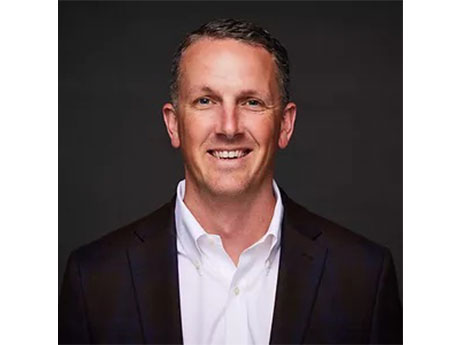By Taylor Mokris and Kim Huffstutler
In this market, with the twin difficulties of persistent inflation and interest rate hikes, it can be a challenge to find the right real estate investment. However, as lenders work with developers, owners and operators to make deals and find quality investments, there’s one real estate sector no savvy investor should overlook: seniors housing.
Now is an opportune time for new and repeat lenders alike to have conviction around their commitment to this asset class. Not only does seniors housing have strong underlying fundamentals that support stable returns, but the opportunity opened by lenders shying away from investments in the sector through the pandemic provides investors with the prospect of creating long-lasting lending relationships that will pay dividends for years.
Strong fundamentals
When looking at any potential investment, a lender should always examine the asset class’s underlying fundamentals — and for seniors housing, these fundamentals are strong. The US population is growing older, and seniors will always need quality, engaging and safe housing in their later years.
Occupancy rates, which dipped over 10 percent during the pandemic, are back on the rise and expected to exceed pre-pandemic highs in the coming years. As a result of a lack of inventory growth due to both building pauses during the pandemic and rising construction costs, the demand for seniors housing is far outpacing the supply, which will only continue as the older population grows — nearly 500,000 people will turn 80 in 2023 alone, a number that is expected to rise to one million by 2030.
This gives owners and operators a great deal of pricing power, such that if someone moves out, the demand for tenancy is there. Therefore, you can keep rents stable or, in many cases, raise them to reflect market dynamics and the rising cost of business.
Stable returns
Along with strong fundamentals comes a track record of stable returns. Compared to many other asset classes, seniors housing presents the kind of stability that every lender hopes for in an investment.
While economic downturns affect every class of real estate, seniors housing is the only asset class that has never experienced negative rent growth, even at the height of the pandemic and the Great Recession. Today, rent growth is very positive at around 5 percent, a number that should be viewed as a high floor given the historically counter-cyclical nature of the asset class.
Given its resiliency through historically tough macro-environments and the needs-based nature of the product, seniors housing is a comfortable asset class. While it may not promise the sky-high returns of more speculative real estate assets, the stability it provides makes it the perfect investment for lenders looking to enter prudently into the seniors real estate market.
Forging relationships
Now is such a critical time for investors to move into the sector because there is a great need for capital, allowing you to build profitable and mutually beneficial lending relationships that will last for years.
When choosing where to lend, the most important factor to consider is always the owners, operators and markets you’ll be working with. There is a place in the market for every asset class along the acuity spectrum, so the key is identifying the right sponsor, operator and location to be successful.
As mortgage bankers who work closely with both sides of the borrower-lender relationship, we know that sponsors are always looking to work with lenders they know they can return to time and again to secure capital that supports their growth plan. As some longtime lenders exited the market through the pandemic, many of these sponsors are now looking to build new relationships that they can count on for the long haul.
By stepping up to provide these loans with terms that benefit both sides, lenders can build a close working partnership with developers who will keep coming back.
For lenders looking to make sound investments and growth plans as the market recovers from the COVID-19 pandemic, seniors housing makes a compelling case as one of the more fundamentally strong asset classes. But as more lenders start to notice the returns and growth potential in the sector, it will only become harder to establish the relationships with borrowers that will pay off into the future.
If you want to rise near the top and position yourself as a key contributor in supporting the asset class’s growth in the years to come, the time to invest is now.
Taylor Mokris and Kim Huffstutler are senior vice presidents of seniors housing and care at BWE, a national commercial and multifamily mortgage banking company.

